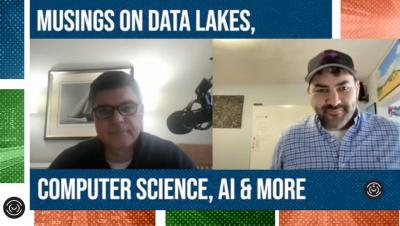The Value of Relational Analytics + Search in the Same Platform, According to Transeo
Jimmy McDermott, Founder and CTO of Transeo, talks about use cases and expected value they will get from SQL analytics and search on the same, unified data set with the ChaosSearch Data Lake Platform.









